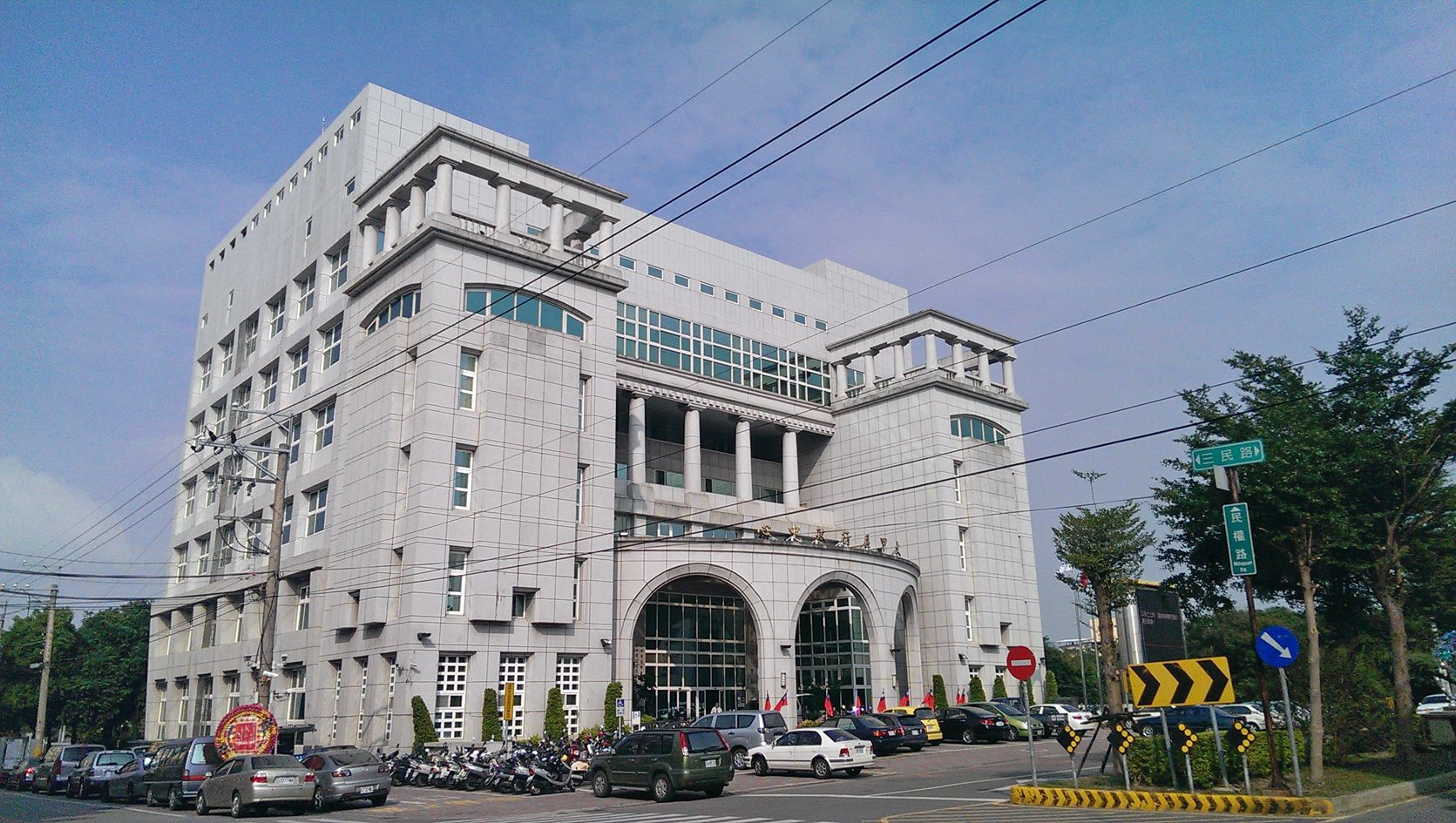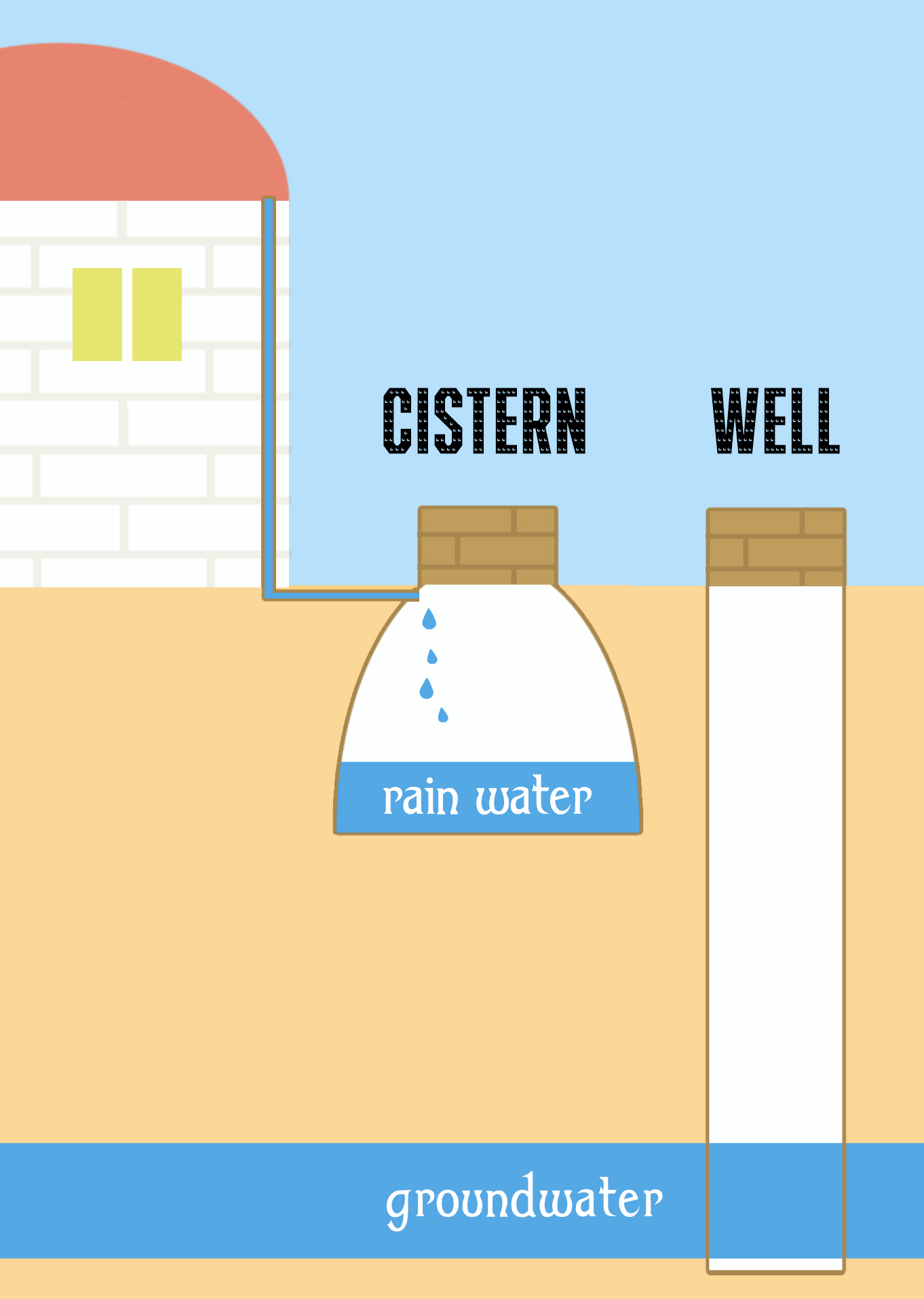|
Sword Well
The Sword Well () or Guoxing Well () is a historical water well in Dajia District, Taichung, Taiwan. History According to legend, the well was created from a sword stuck into the ground by Koxinga when he was stationed in the area because he asked God to provide water for his soldiers. The water then poured out from the southern slope of the mountain. The well was named Well of the Imperial Surname (). In 1953, the local residents repaired the well and built brick wall around it. It was then renamed as the Sword Well (). Architecture The well has a diameter of 0.5 meter and a depth of 2 meters. See also * List of tourist attractions in Taiwan Popular tourist attractions in Taiwan include the following: Attractions Historical buildings * Beihai Tunnel, Beigan () * Beihai Tunnel, Nangan () * Daxi Wude Hall () * Ete ... References Buildings and structures in Taichung Tourist attractions in Taichung ... [...More Info...] [...Related Items...] OR: [Wikipedia] [Google] [Baidu] |
Well
A well is an excavation or structure created in the ground by digging, driving, or drilling to access liquid resources, usually water. The oldest and most common kind of well is a water well, to access groundwater in underground aquifers. The well water is drawn up by a pump, or using containers, such as buckets or large water bags that are raised mechanically or by hand. Water can also be injected back into the aquifer through the well. Wells were first constructed at least eight thousand years ago and historically vary in construction from a simple scoop in the sediment of a dry watercourse to the qanats of Iran, and the stepwells and sakiehs of India. Placing a lining in the well shaft helps create stability, and linings of wood or wickerwork date back at least as far as the Iron Age. Wells have traditionally been sunk by hand digging, as is still the case in rural areas of the developing world. These wells are inexpensive and low-tech as they use mostly manual labour, an ... [...More Info...] [...Related Items...] OR: [Wikipedia] [Google] [Baidu] |
Dajia District
Dajia District () is a coastal suburban district in Taichung, Taiwan. It is located on the northwestern corner of Taichung. The climate of the region is Sub-tropical, and the average temperature is roughly 24 degrees Celsius. In March 2012, it was named one of the ''Top 10 Small Tourist Towns'' by the Tourism Bureau of Taiwan. History The local Taokas tribe people used to live in the area before the Han people arrived. Their main activities were hunting and farming. The Han Chinese started to arrive around 1669 during the Ming Dynasty in which most of them came from Fujian, especially Quanzhou. Dajia used to be an urban township of Taichung County. On 25 December 2010, it was upgraded to become a district of the new special municipality of Taichung. Administrative divisions Zhaoyang, Dajia, Shuntian, Kongmen, Pingan, Zhuangmei, Xinmei, Minshan, Zhongshan, Nanyang, Xunfeng, Yihe, Wuling, Wenqu, Wuqu, Wenwu, Fenghua, Dehua, Jiangnan, Dingdian, Taibai, Mengchun, ... [...More Info...] [...Related Items...] OR: [Wikipedia] [Google] [Baidu] |
Taichung
Taichung (, Wade–Giles: ''Tʻai²-chung¹'', pinyin: ''Táizhōng''), officially Taichung City, is a special municipality located in central Taiwan. Taichung has approximately 2.8 million residents and is the second most populous city of Taiwan, as well as the most populous city in Central Taiwan. It serves as the core of the Taichung–Changhua metropolitan area, the second largest metropolitan area in Taiwan. Located in the Taichung Basin, the city was initially developed from several scattered hamlets helmed by the Taiwanese indigenous peoples. It was constructed to be the new capital of Taiwan Province and renamed as " Taiwan-fu" in the late Qing dynastic era between 1887 and 1894. During the Japanese era from 1895, the urban planning of present-day city of Taichung was performed and developed by the Japanese. From the start of ROC rule in 1945, the urban area of Taichung was organized as a provincial city up until 25 December 2010, when the original provincial city and ... [...More Info...] [...Related Items...] OR: [Wikipedia] [Google] [Baidu] |
Taiwan
Taiwan, officially the Republic of China (ROC), is a country in East Asia, at the junction of the East and South China Seas in the northwestern Pacific Ocean, with the People's Republic of China (PRC) to the northwest, Japan to the northeast, and the Philippines to the south. The territories controlled by the ROC consist of 168 islands, with a combined area of . The main island of Taiwan, also known as ''Formosa'', has an area of , with mountain ranges dominating the eastern two-thirds and plains in the western third, where its highly urbanised population is concentrated. The capital, Taipei, forms along with New Taipei City and Keelung the largest metropolitan area of Taiwan. Other major cities include Taoyuan, Taichung, Tainan, and Kaohsiung. With around 23.9 million inhabitants, Taiwan is among the most densely populated countries in the world. Taiwan has been settled for at least 25,000 years. Ancestors of Taiwanese indigenous peoples settled the isla ... [...More Info...] [...Related Items...] OR: [Wikipedia] [Google] [Baidu] |
Water Well
A well is an excavation or structure created in the ground by digging, driving, or drilling to access liquid resources, usually water. The oldest and most common kind of well is a water well, to access groundwater in underground aquifers. The well water is drawn up by a pump, or using containers, such as buckets or large water bags that are raised mechanically or by hand. Water can also be injected back into the aquifer through the well. Wells were first constructed at least eight thousand years ago and historically vary in construction from a simple scoop in the sediment of a dry watercourse to the qanats of Iran, and the stepwells and sakiehs of India. Placing a lining in the well shaft helps create stability, and linings of wood or wickerwork date back at least as far as the Iron Age. Wells have traditionally been sunk by hand digging, as is still the case in rural areas of the developing world. These wells are inexpensive and low-tech as they use mostly manual labour, ... [...More Info...] [...Related Items...] OR: [Wikipedia] [Google] [Baidu] |
Koxinga
Zheng Chenggong, Prince of Yanping (; 27 August 1624 – 23 June 1662), better known internationally as Koxinga (), was a Ming loyalist general who resisted the Qing conquest of China in the 17th century, fighting them on China's southeastern coast. In 1661, Koxinga defeated the Dutch outposts on Taiwan and established a dynasty, the House of Koxinga, which ruled part of the island as the Kingdom of Tungning from 1661 to 1683. Biography Early years Zheng Sen was born in 1624 in Hirado, Hizen Province, Japan, to Zheng Zhilong, a Chinese merchant and a Japanese woman, known only by her surname "Tagawa" or probably Tagawa Matsu. He was raised there until the age of seven with the Japanese name Fukumatsu (福松) and then moved to Fujian province of Ming dynasty China. In 1638, Zheng became a '' successful candidate'' in the imperial examination and became one of the twelve ''Linshansheng'' () of Nan'an. In 1641, Koxinga married the niece of Dong Yangxian, an official who was a ... [...More Info...] [...Related Items...] OR: [Wikipedia] [Google] [Baidu] |
List Of Tourist Attractions In Taiwan
Popular tourist attractions in Taiwan include the following: Attractions Historical buildings * Beihai Tunnel, Beigan () * Beihai Tunnel, Nangan () * Daxi Wude Hall () * Eternal Golden Castle * First Guesthouse * Fongyi Tutorial Academy * Former British Consulate at Takao * Former Japanese Navy Fongshan Communication Center * Former Tainan Weather Observatory * Fort Provintia * Fort Santo Domingo * Fort Zeelandia * Fuxing Barn * Great South Gate * Gulongtou Zhenwei Residence * Hobe Fort * Jhen Wen Academy * Kaohsiung Grand Hotel * Keelung Fort Commander's Official Residence * Lee Teng-fan's Ancient Residence * Lin Family Mansion and Garden * Meinong East Gate Tower * Moving Castle * Niumatou Site * North Gate of Xiong Town * Presidential Office Building * Qihou Fort * Qing Dynasty Taiwan Provincial Administration Hall * Shihlin Paper Mill * Taipei Guest House * Tianma Tea House * Walls of Taipei * Wist ... [...More Info...] [...Related Items...] OR: [Wikipedia] [Google] [Baidu] |
Buildings And Structures In Taichung
A building, or edifice, is an enclosed structure with a roof and walls standing more or less permanently in one place, such as a house or factory (although there's also portable buildings). Buildings come in a variety of sizes, shapes, and functions, and have been adapted throughout history for a wide number of factors, from building materials available, to weather conditions, land prices, ground conditions, specific uses, prestige, and aesthetic reasons. To better understand the term ''building'' compare the list of nonbuilding structures. Buildings serve several societal needs – primarily as shelter from weather, security, living space, privacy, to store belongings, and to comfortably live and work. A building as a shelter represents a physical division of the human habitat (a place of comfort and safety) and the ''outside'' (a place that at times may be harsh and harmful). Ever since the first cave paintings, buildings have also become objects or canvasses of much artistic ... [...More Info...] [...Related Items...] OR: [Wikipedia] [Google] [Baidu] |
Tourist Attractions In Taichung
Tourism is travel for pleasure or business; also the theory and practice of touring, the business of attracting, accommodating, and entertaining tourists, and the business of operating tours. The World Tourism Organization defines tourism more generally, in terms which go "beyond the common perception of tourism as being limited to holiday activity only", as people "travelling to and staying in places outside their usual environment for not more than one consecutive year for leisure and not less than 24 hours, business and other purposes". Tourism can be domestic (within the traveller's own country) or international, and international tourism has both incoming and outgoing implications on a country's balance of payments. Tourism numbers declined as a result of a strong economic slowdown (the late-2000s recession) between the second half of 2008 and the end of 2009, and in consequence of the outbreak of the 2009 H1N1 influenza virus, but slowly recovered until the COVID-19 ... [...More Info...] [...Related Items...] OR: [Wikipedia] [Google] [Baidu] |




